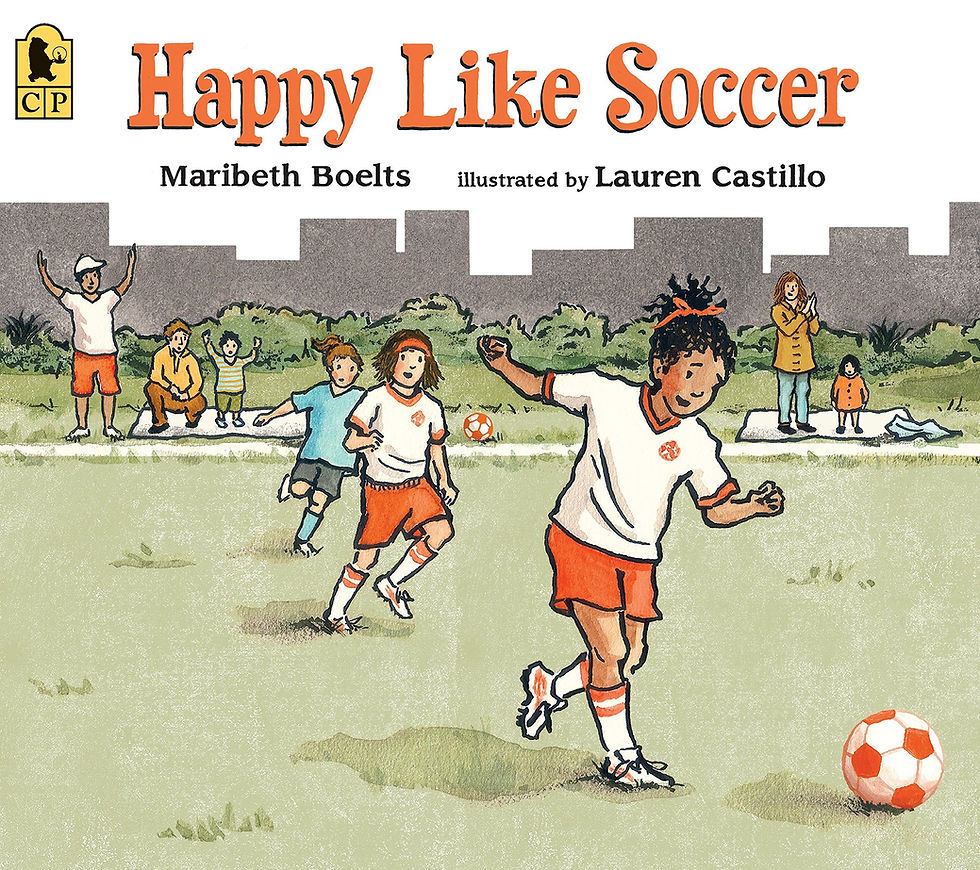My Life in Six Words
- Taylor Dale

- Feb 20, 2019
- 4 min read
Updated: Feb 20, 2019
This blog is about six word memoirs and how this is a simple but effective way to introduce memoirs and engage students in writing.

Steps to employing six-word memoirs as a teaching tool:
Mentor texts and explanations of six word memories
Model for the students. Explain what it is.
The importance of word choice
"Six word memoirs ask authors to use precision in their word choices and to omit the extraneous or unnecessary." Ask students what defines them in their life right now in that particular moment and help them weed out words until the get to the six most important ones.
Engaging in the writing process- every word is on trial
Make sure to help your students focus in on the theme of the memoir or the message they are trying to convey.
Connecting writing to art
Creating memes is a great way to engage students in this process because it is something they are very interested in.
Superimposing words onto photographs
This can help students develop their technological skills while helping their writing skills.
Publishing students' six word memoirs online
By publishing a students' work you give them motivation and proof that there are people that will be reading this work that they are authors.
Reflecting on the process
It is always important as a teacher to reflect on what went well in a lesson. It is also important for a writer to reflect on what they could have done better or what worked and what didn't. Reflecting helps strengthen a student's work by allowing them to look back and see the process again.
Ms. Dale's Six- Word Memoirs:
Random words fill my head constantly.
My house always smells like popcorn.
Bengals Football Game and Dominos Pizza.
Skyline Chili Spaghetti and Laroses Pizza.
Now, which Dale twin are you?
Windows rolled down and music playing.
Dancing at weddings to the wobble.
Turf nuggets, cleat marks, and family.
Running soothes the mind and soul.
Being wrapped in a sun hug.
These six-word memoirs don't seem like much but they resemble who I am. For example: Now, which Dale twin are you? is something I have heard my whole life. Even though my twin and I don't look anything alike we get mistaken all the time. Another example: Bengals Football Game and Dominos Pizza. Every Sunday that the Bengals' play my dad will go get domino's pizza and we as a family will watch and eat together. This is a great way to engage students and get to know what is important to them.
Resource:
https://www.sixwordmemoirs.com/
https://www.scholastic.com/teachers/blog-posts/beth-newingham/my-january-top-ten-list-writing-lessons-and-resources/
Your Turn Lesson from Mentor Texts Chapter 4
Building Content with Dialogue with The Day the War Came by Nicola Davies
Hook: Read the book The Day the War Came by Nicola Davies. After reading it go back to the pages with dialogue and re-read them. Point out to the students how dialogue can be used to emphasize something, reveal what a character is thinking, offer an explanation, ask a question, or give an example. Ask students what they think Nicola's purpose was for adding the dialogue "There is no room for you, you see. There is no chair for you to sit on. You have to go away." After hearing some of the student's responses point out how the main character is now feeling. How that conversation affected her. There is only a couple pieces of dialogue throughout the story. Why do you think the author choose to write these couple pieces in dialogue format? Make sure the students know that in this story the dialogue is used to emphasize a feeling and theme of the story.
Purpose: Writers, when you are writing a story and thinking about story elements, you will need to think about dialogue and where it will help make our story more interesting to your readers. Today I am going to show you how to do that and challenge you to give it a try.
Brainstorm: As a whole class go back to your writer's corner and think of other places or situations in which dialogue would naturally occur. If you aren't getting any responses and you think the students need some more help understanding this writing technique then put them in small groups with mentor texts where dialogue is used and ask them to think about possible events. Make a list of possible situations where dialogue can be used and put it on an anchor chart so students can refer back to it.
Model: Choose an event from the brainstormed list and compose a short piece in front of the class. Write out a short story. Then go back and read it to the class and have them brainstorm with their shoulder buddy how they can add dialogue to make the story better. You can also revise the piece yourself and show the students the differences between the story without dialogue and the one with dialogue.
Shared/ Guided Writing: Return to the brainstormed list, choose a different scene, and compose a shared experience as a whole group. If students need more practice, allow them to work with a partner to create another scene that uses dialogue effectively.
Independent Writing: Ask students to try and add dialogue in one or several places in a narrative they are working on or perhaps revisit a notebook entry where dialogue would naturally fit. Students can sketch out a picture of the scene to be able to imagine the conversation between two characters in their story.
Reflection: Ask students to think about how they might use dialogue to improve their narratives with the following questions:
Why do authors use dialogue?
How did the use of dialogue change your original piece?
Where would you use dialogue again? Where would it be appropriate and most effective?
Could you use dialogue in an informational piece? In a poem? In an opinion piece?




Comments